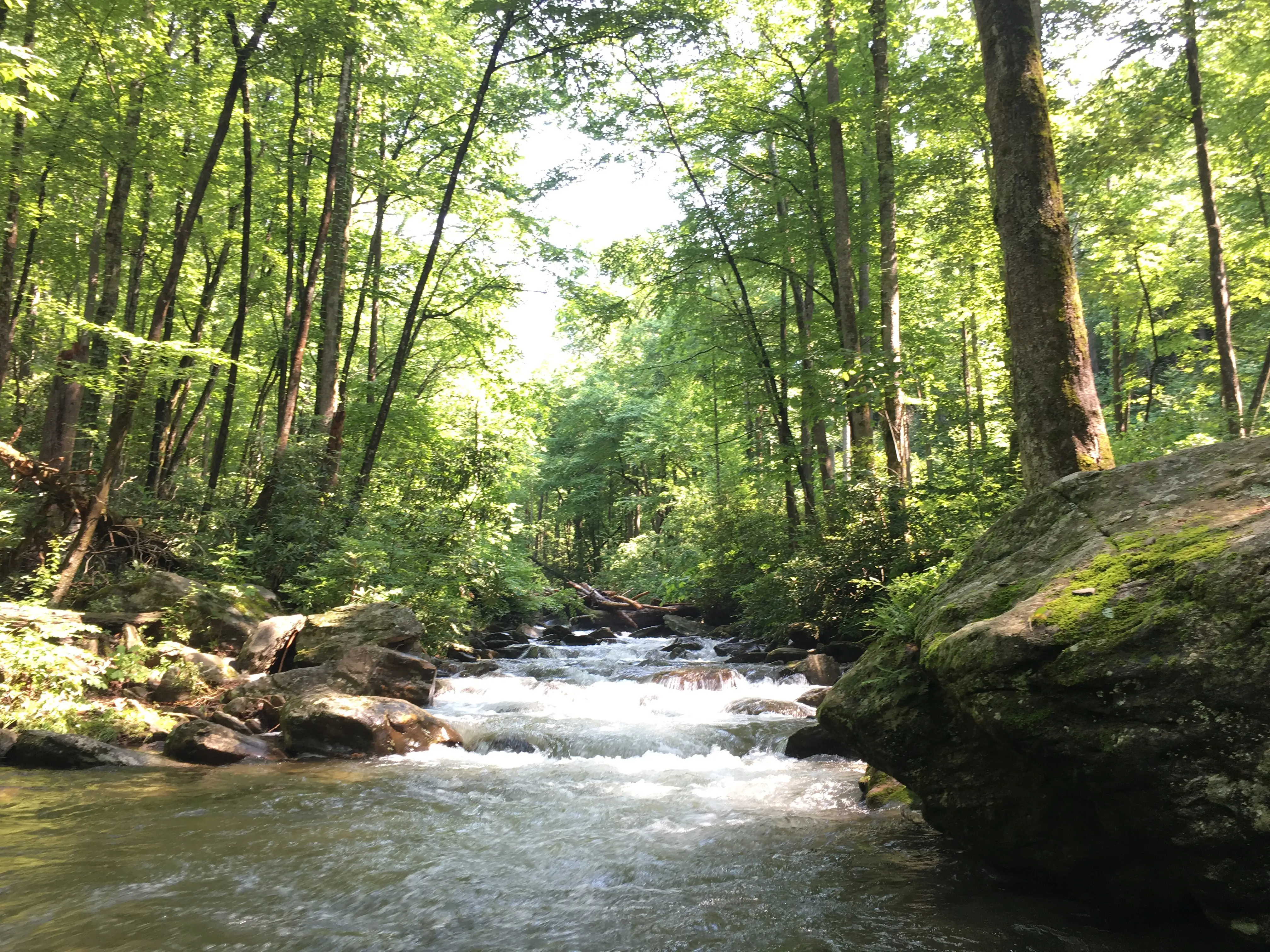The Roots of Pisgah: Uncovering Asheville's Conservation Past
- Liisa Andreassen
- Mar 27
- 3 min read
Nestled in the heart of the Blue Ridge Mountains, Asheville's deep connection to nature isn't just about breathtaking views—it's a story of pioneering conservation efforts that shaped America's forests. Let's take a journey back to 1911, a pivotal year that echoes through our forests to this day.
The Weeks Act: A Game-Changer for Eastern Forests
On March 1, 1911, President William Howard Taft signed the Weeks Act into law, setting the stage for a forest revolution. This groundbreaking legislation allocated $9 million to the US Forest Service for conservation efforts, addressing growing concerns about wildfires and deforestation.

Asheville's Forest Milestone
Just 26 days later, on March 27, 1911, history was made. The US Forest Service authorized the first-ever purchase of timberland for eastern national forests. This decision included seven areas, with five right here in Western North Carolina. The crown jewel? Over 215,000 acres around our beloved Mt. Mitchell.
From Paper to Trees
While the ink was still drying on these authorizations, the real work was just beginning. In December 1911, the first actual land acquisition took place—8,100 acres near Curtis Creek, purchased from a local lumber company. This seemingly small step was the acorn from which mighty oaks would grow.
Curtis Creek Campground
Curtis Creek Campground is a serene retreat that offers a blend of natural beauty, historical significance, and outdoor adventure. Located near Old Fort, North Carolina, this campground is part of the first tract of National Forest land.
Birth of the Pisgah National Forest
Fast forward to 1916, and all these efforts culminated in something truly special—the creation of Pisgah National Forest. As the first national forest in the eastern United States, Pisgah stands as a living monument to early 20th-century conservation.
First in Forestry - The Cradle of Forestry
To further enrich our understanding of Asheville's conservation roots, it's essential to highlight the significance of the Cradle of Forestry, located within the Pisgah National Forest. As the birthplace of forestry in America, the Cradle serves as a living classroom, offering hands-on learning experiences about forest management, traditional Appalachian culture, and the vital role of conservation. Visiting the Cradle of Forestry connects us directly to the origins of sustainable forestry practices, reminding us that the seeds of environmental stewardship sown here continue to blossom throughout our region and beyond.
A Legacy That Keeps on Growing
Today, the impact of these early conservation efforts is more apparent than ever:
Biodiversity Haven: Pisgah National Forest now covers over 500,000 acres, providing a home for countless plant and animal species.
Recreation Paradise: Millions of visitors enjoy hiking, camping, and connecting with nature in these preserved lands.
Economic Boost: Local communities continue to benefit from the forest's presence, proving that conservation and economic growth can go hand in hand.
Why It Matters Today
As we hike the trails of Pisgah or camp under its canopy, we're not just enjoying nature—we're experiencing a living piece of history. The foresight of those early conservationists ensured that future generations could breathe the crisp mountain air and marvel at the beauty of old-growth forests.
So next time you're out enjoying Asheville's natural wonders, take a moment to listen. You might just hear the echoes of 1911, a year that changed our forests forever. Let's continue to cherish and protect this incredible legacy for generations to come.
Remember, every step you take in our forests is a step through history. Happy trails, Asheville!
















Comments